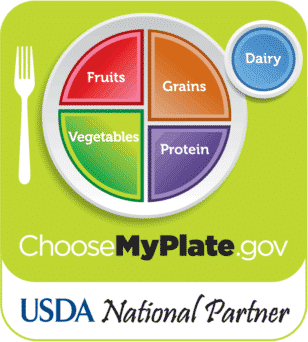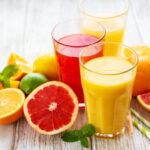Juice Safety
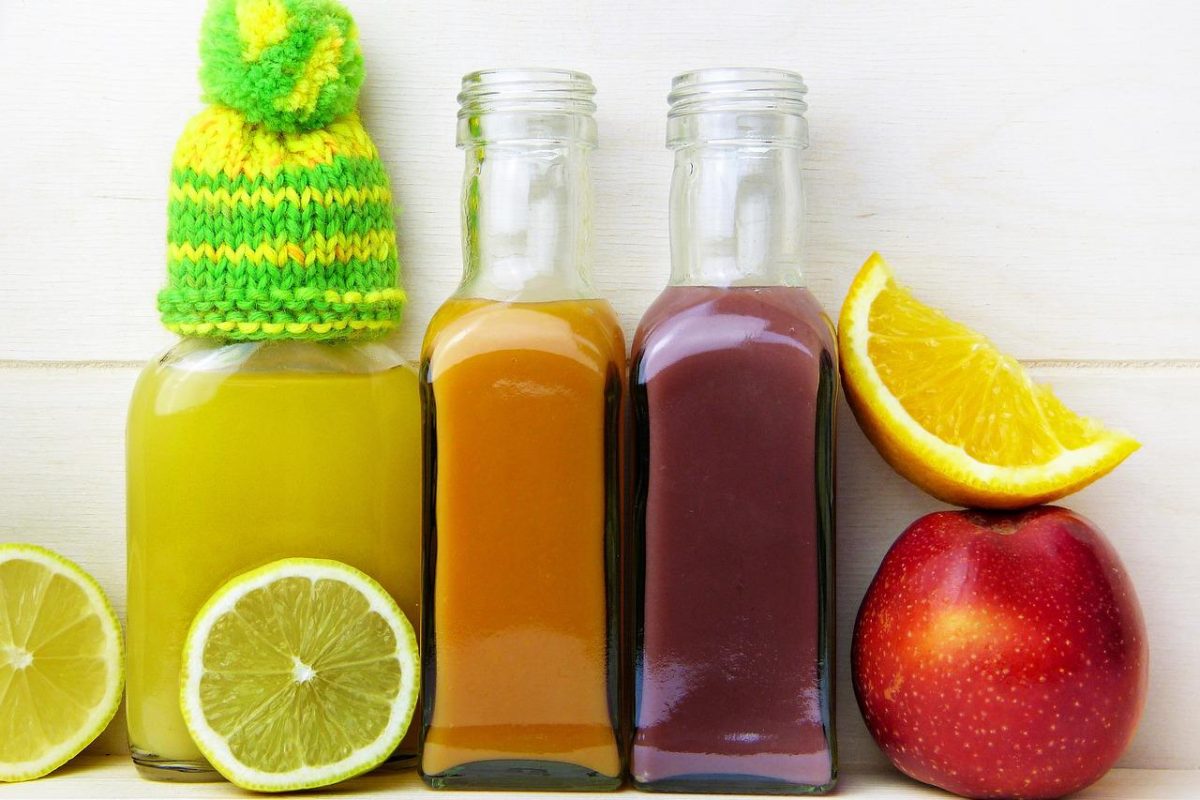
From the growers’ farm to your refrigerator, safety is the top priority for companies in the juice industry. The US Food and Drug Administration (FDA), oversees the safety of all foods and beverages sold in the United States including juice. All juices sold in the US, regardless of the country of origin, must adhere to the same strict safety regulations. Juice safety measures include:
- Hazard Analysis and Critical Control Point (HAACP): A key FDA-regulated safety measure for the production of juice is the Hazard Analysis and Critical Control Point management system. HACCP addresses “the analysis and control of biological, chemical, and physical hazards from raw material production, procurement and handling, to manufacturing, distribution and consumption of the finished product.” All juice processing facilities must comply with HACCP and such facilities are regularly inspected by federal and state agencies.
- Food Safety Modernization Act: The FDA Food Safety Modernization Act (FSMA) further outlines clear, specific actions that must be taken throughout the supply chain to prevent foodborne illnesses and contamination.
- Total Diet Study: To further ensure the safety of food and beverages, the FDA also regularly tests and monitors levels of about 800 contaminants and nutrients in the average U.S. diet as part of its Total Diet Study.
- Pesticide Regulation Pesticides are widely used to control pests such as insects, weeds and plant disease. The U.S. Environmental Protection Agency (EPA) sets tolerances for pesticide levels in food. The EPA limits (or tolerances) for pesticide residues are set at a level that reflects EPA’s determination that the pesticide can be used with “reasonable certainty of no harm.” These tolerance levels are considered safe based on survey information on daily food intake by adults and children. The EPA continuously evaluates new and existing pesticides, and works to improve the safety standards related to pesticide residues on food.
Making Juice
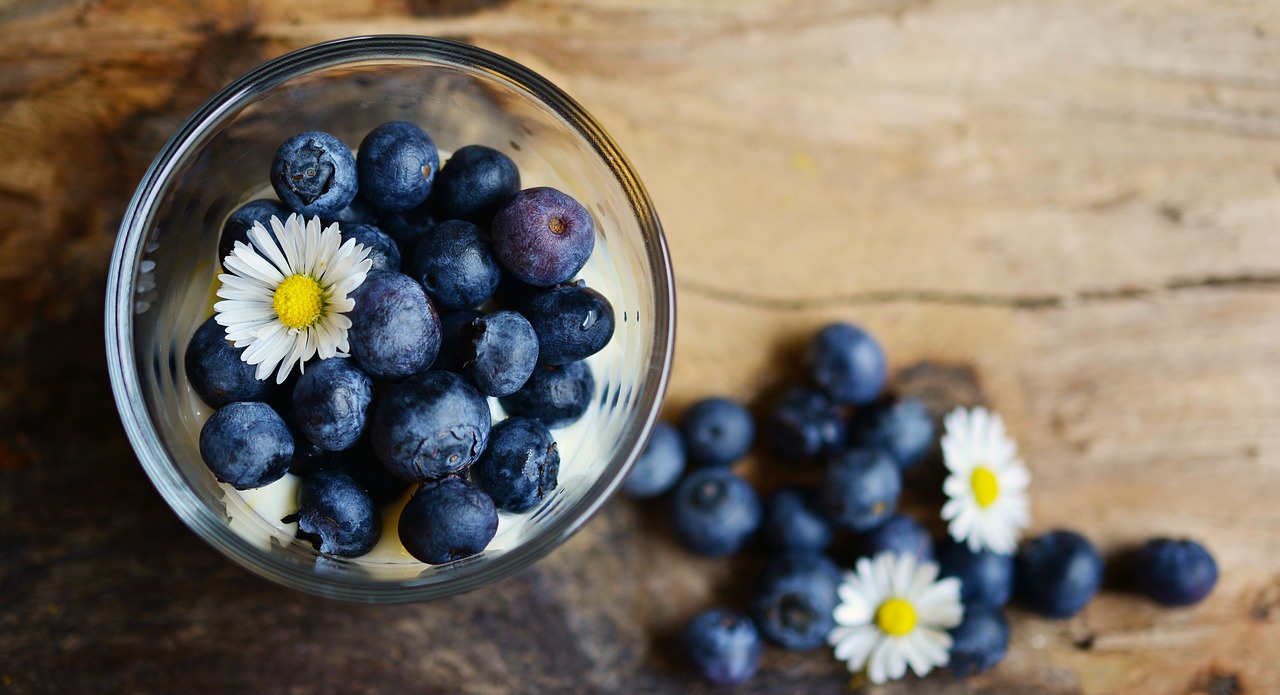
Making 100% juice is remarkably simple. The three basic steps are:
- Wash the fruits or vegetables;
- Extract the juice by pressing the produce;
- And lastly, juice is typically heat pasteurized for food safety. As an alternative to heat pasteurization, some juices are made through a process called high pressure processing (HPP).
Heavy Metals in Juice?
The juice industry is committed to providing safe, high-quality, nutritious juice that meets or exceeds regulations established by the U.S. Food and Drug Administration (FDA) for food safety. Juice producers regularly conduct their own testing to ensure quality control and the safety and compliance of their products.
Heavy metals are naturally occurring elements found in the soil and environment. The presence of a heavy metal in a food product alone does not make that product unsafe. The members of the Juice Products Association rely on federal regulatory agencies to establish limits based on risks to the consumer, including children. There is no scientific evidence indicating that the presence of trace levels of heavy metals in juice has caused any negative health outcomes among individuals at any life stage. According to the 2020-2025 Dietary Guidelines, 100% juice is a healthful, nutrient-dense beverage, which contributes beneficial nutrients to the diet and can be a healthy part of the diet of children.
Juice producers make safety a priority 365-days-a-year. Consumers can be assured that juice is safe. Regardless of where the ingredients are sourced or where the juice is processed, all juice producers are required to manufacture products that comply with FDA regulations.
See below where we breakdown the facts about juice and heavy metals, and what you should know.
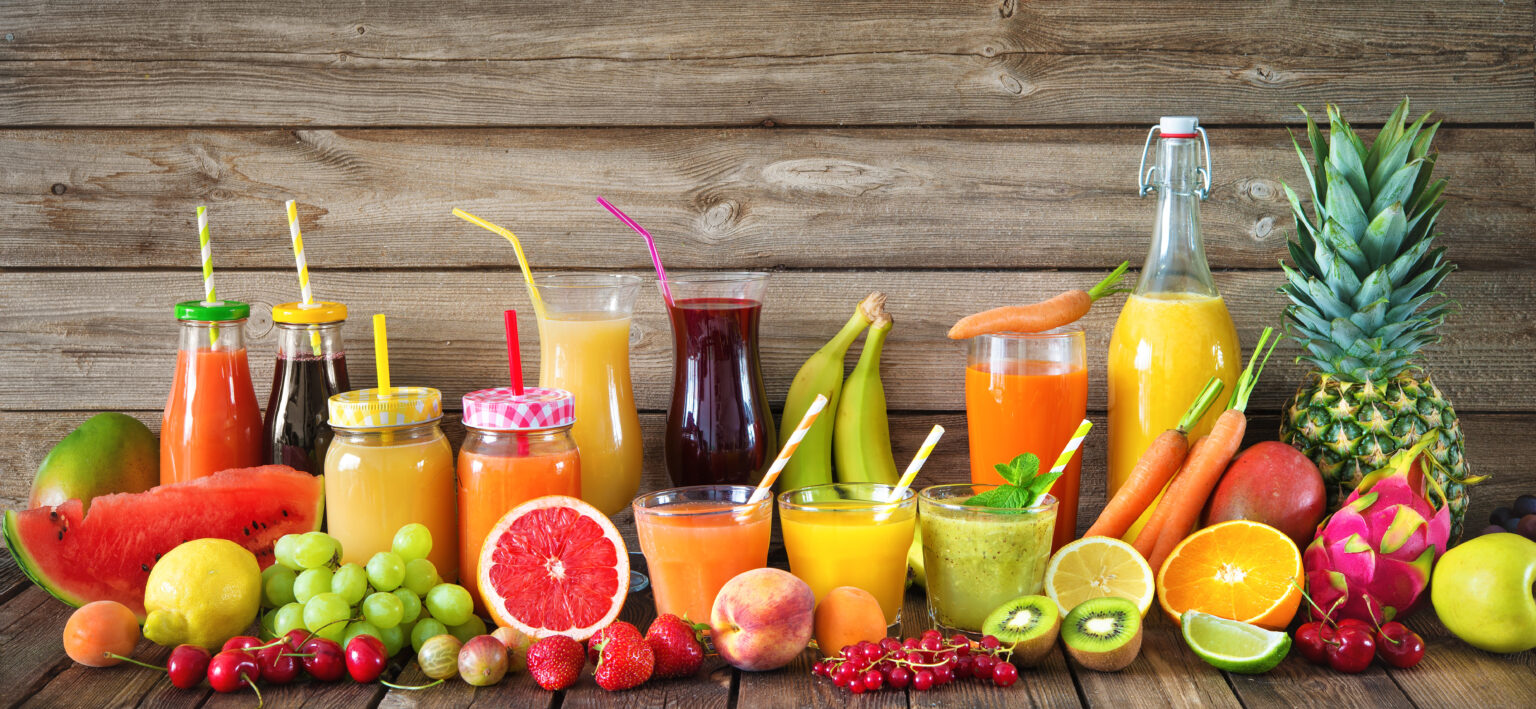
What You Need To Know: The juice industry is committed to providing safe, quality and nutritious juices and complies with all federal regulations for food safety. Federal guidelines are set based on an assessment of risk to human health.
People are not being over-exposed to lead by drinking juice. In fact, juice is a food that the Environmental Protection Agency recommends as part of a healthy diet to fight lead poisoning. The US Food and Drug Administration (FDA) monitors levels of lead in food and drinks and has set an upper limit for lead in fruit juices at 50 parts per billion (ppb). The data collected by the FDA indicates there is no safety concern for lead in juice.
What It Is: Lead is a naturally occurring metal found in small amounts in the earth’s crust. Lead can be found in all parts of our environment – the air, the soil, the water, and even inside our homes. Therefore, many products including fruits that come from nature may contain trace, harmless amounts of lead.
What You Need to Know: The FDA routinely tests for contaminants including arsenic in food and beverages to ensure that any levels are not above safety thresholds. The juice industry complies with the FDA’s proposed action level of 10 parts per billion (ppb) for inorganic arsenic in apple juice. The data collected by the FDA indicates there is no safety concern for arsenic in juice.
What It Is: Arsenic is present in the environment as a naturally occurring substance or as a result of contamination from human activity. It is found in water, air, soil and plant-based foods.
What You Need to Know: Cadmium is present in higher concentrations in the leaves than in the fruits or edible portions of plants. There is no safety concern for cadmium in juice.
What It Is: Cadmium is a natural element in the earth’s crust. It can be found in the air, soil and water. Trace amounts of cadmium are unavoidable in certain foods.
Juice Processing
While making juice is called “processing,” the process is not complicated and does not impact the quality or nutritional value of 100% juice.
Further benefits of commercially-made juice are that it makes high-quality product available year-round, provides vitamins and nutrients from the fruit or vegetable, and follows strict procedures to ensure food safety.
Juice & Contaminants
The juice industry is committed to providing safe, quality and nutritious juices and complies with all federal regulations for food safety.

